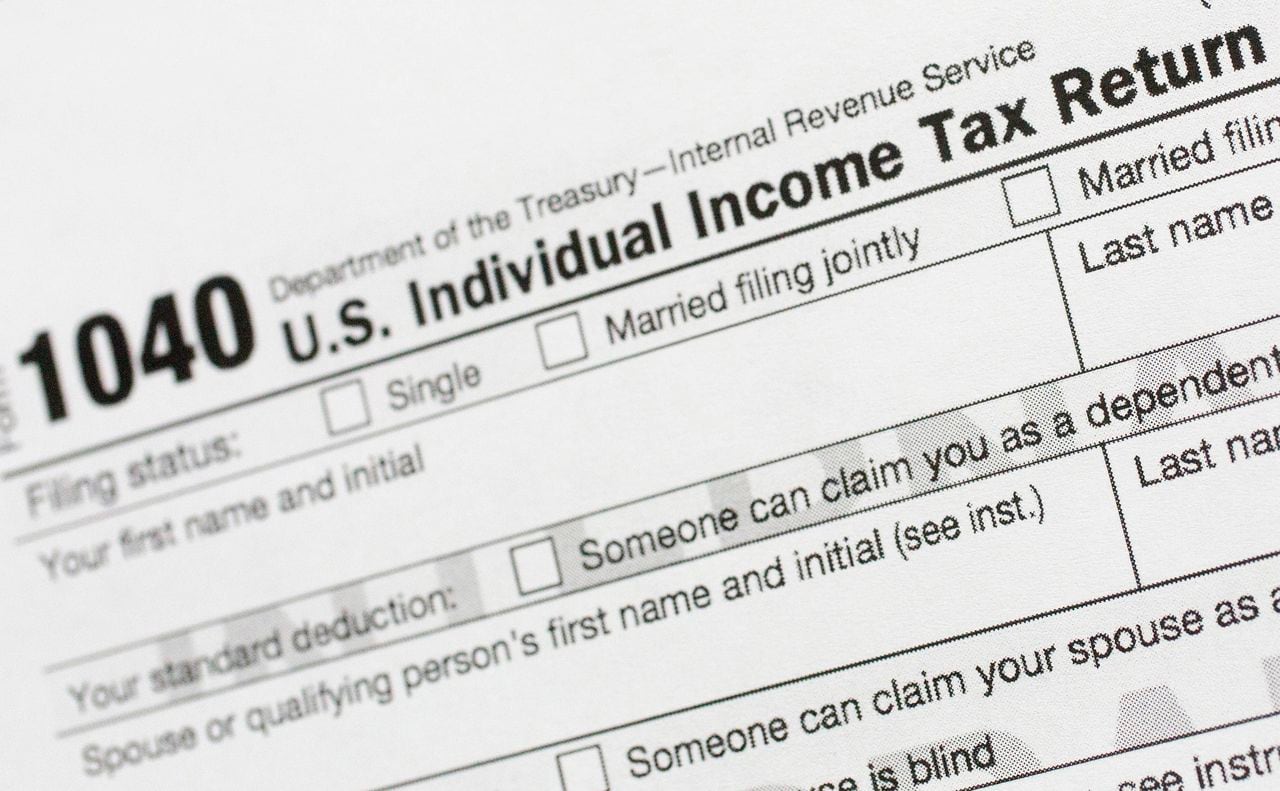New federal brackets for 2024: What tax rate will you pay on next yearâs income?
2024′s income tax brackets are out and, like many other things, inflation is having an impact.
According to the Internal Revenue Service, tax brackets are adjusted each year to address what’s known as “bracket creep,” or what happens when inflation pushes taxpayers into higher income tax brackets or reduces the value of credits, deductions and exemptions without an increase in real income. This year’s change is 5.4%, a decline from last year’s historic 7%.
Like in 2023, the federal income tax has seven rates in 2024: 10 percent, 12 percent, 22 percent, 24 percent, 32 percent, 35 percent and 37 percent.
These brackets will apply for 2024 for taxes paid in 2025.
The 2024 tax brackets are:
Single filers
10% – $0-$11,600
12% – $11,601 – $47,150
22% – $47,151 – $100,525
24% – $100,526 – $191,950
32% – $191,951 – $243,725
35% – $243,726 – $609,350
37% – $609,351 or more
For married individuals filing joint returns
10% – $0-$23,220
12% – $23,221 – $94,300
22% – $94,301 – $201,050
24% – $201,051 – $383,900
32% – $383,901 – $487,450
35% – $487,451 – $731,200
37% – $731,201 or more
For heads of households
10% – $0 – $16,550
12% – $16,551 – $63,100
22% – $63,101 – $100,500
24% – $100,501 – $191,950
32% – $191,951 – $243,700
35% – $243,701 – $609,350
37% – $609,351 or more
How tax brackets work
Federal income taxes are “marginal,” which means you don’t apply the tax bracket percentage on your entire income. Instead, your income is taxed at the lower rate up to a certain income threshold and then, if you have income over and above what would put you in the first bracket, you go to the second marginal tax bracket rate, and so on, according to Smart Asset.
